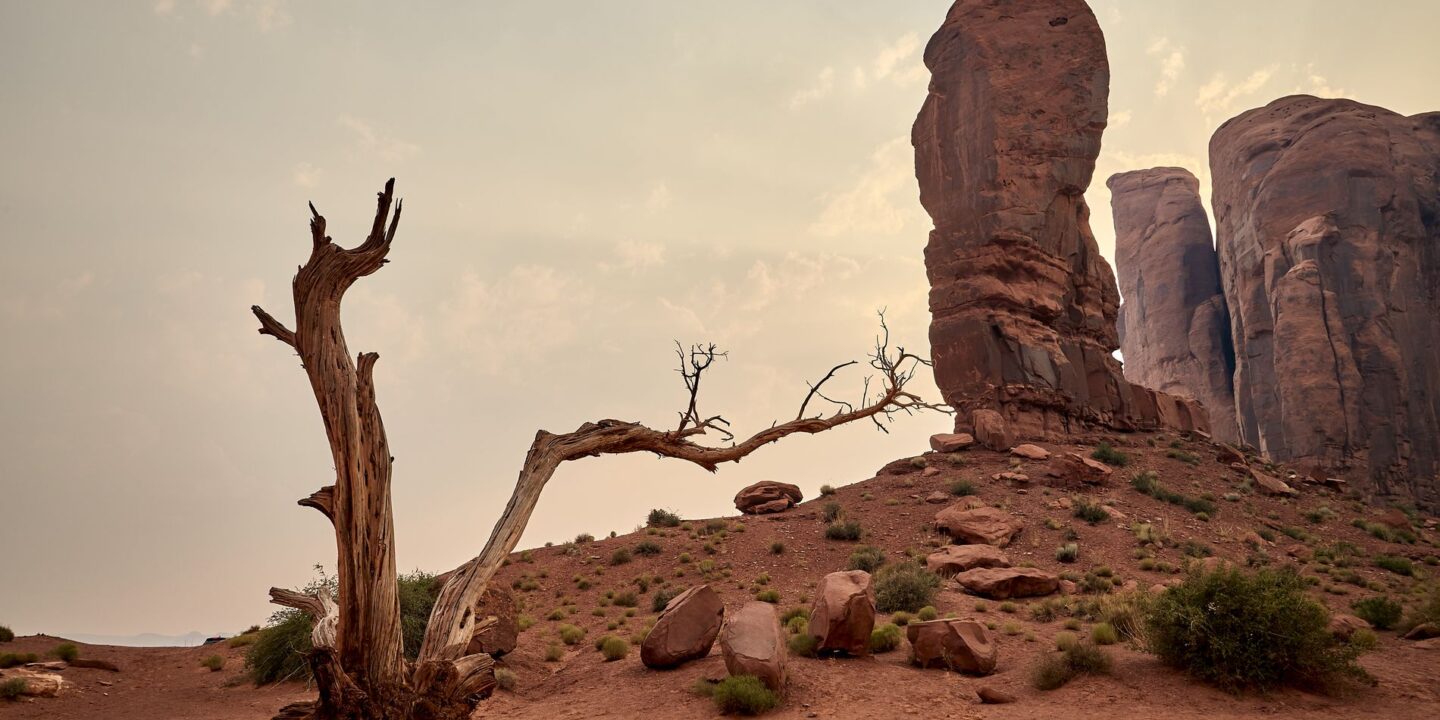
Exploring the Most Harsh and Unforgiving Deserts on Earth
Deserts are often associated with vast stretches of sand, scorching temperatures, and a lack of water. These unforgiving environments pose significant challenges for human survival. In this article, we will delve into some of the most extreme deserts on Earth, exploring their unique features and the difficulties faced by those who dare to venture into these harsh landscapes.
Deserts have long captivated the human imagination with their stark beauty and challenging conditions. Understanding these deserts is crucial for explorers, researchers, and adventure enthusiasts alike. By delving into the challenges faced by humans in these environments, we can gain a deeper appreciation for the resilience of both nature and humanity.
Sahara Desert
The Sahara Desert is the largest hot desert in the world, covering a vast expanse of North Africa. It is known for its scorching temperatures, limited water sources, and frequent sandstorms. With temperatures regularly exceeding 120 degrees Fahrenheit, survival in the Sahara Desert is a true test of human endurance. The lack of water sources makes hydration a constant challenge, and the relentless sandstorms can disorient even the most experienced desert traveler. Despite these challenges, there have been notable expeditions and survival stories from the Sahara Desert, showcasing the indomitable spirit of humanity.
Atacama Desert
Located in South America, the Atacama Desert is known as the driest place on Earth. Its extreme aridity and lack of vegetation make it a challenging environment for human survival. Water availability is severely limited, and extreme temperature fluctuations further compound the difficulties faced by those who venture into this desert. Despite these challenges, the Atacama Desert is a place of great scientific interest, with researchers studying its unique conditions to gain insights into the possibilities of life on other planets.
Gobi Desert
The Gobi Desert, spanning parts of northern China and southern Mongolia, is one of the largest deserts in the world. It is characterized by its harsh climate, with extreme temperatures and strong winds. Survival in the Gobi Desert is a constant battle against limited food and water sources, as well as the presence of dangerous wildlife. The vastness and isolation of the Gobi Desert make it a formidable challenge for those who dare to explore its rugged terrain.
Namib Desert
The Namib Desert, located along the coast of Namibia in southwestern Africa, is a unique desert known for its coastal location and vast sand dunes. Survival in the Namib Desert is a test of endurance due to the lack of water and extreme heat. However, certain species have adapted to thrive in this unforgiving environment, showcasing the remarkable resilience of life in the face of adversity.
Antarctic Desert
While it may seem counterintuitive, the Antarctic is considered a desert due to its low precipitation levels. The extreme cold, strong winds, and isolation faced by humans in the Antarctic Desert make survival a daunting challenge. Proper equipment and preparation are essential for those who venture into this icy landscape, as even a small mistake can have dire consequences. Despite its inhospitable nature, the Antarctic Desert offers a unique opportunity to witness the beauty of untouched wilderness.
Death Valley
Death Valley, located in California, USA, is one of the hottest places on Earth. Its extreme temperatures and lack of water make it a formidable challenge for human survival. The unique geological features of Death Valley, such as the Badwater Basin and the Mesquite Flat Sand Dunes, attract adventurers and nature enthusiasts. However, caution must be exercised, as the harsh conditions of Death Valley can quickly turn deadly.
Unforgiving deserts present a survival challenge for humanity, testing our physical and mental limits. Understanding and respecting these environments is crucial for those who venture into them. By appreciating the beauty and resilience of these deserts while ensuring safety and sustainability, we can continue to explore and learn from these remarkable landscapes.








